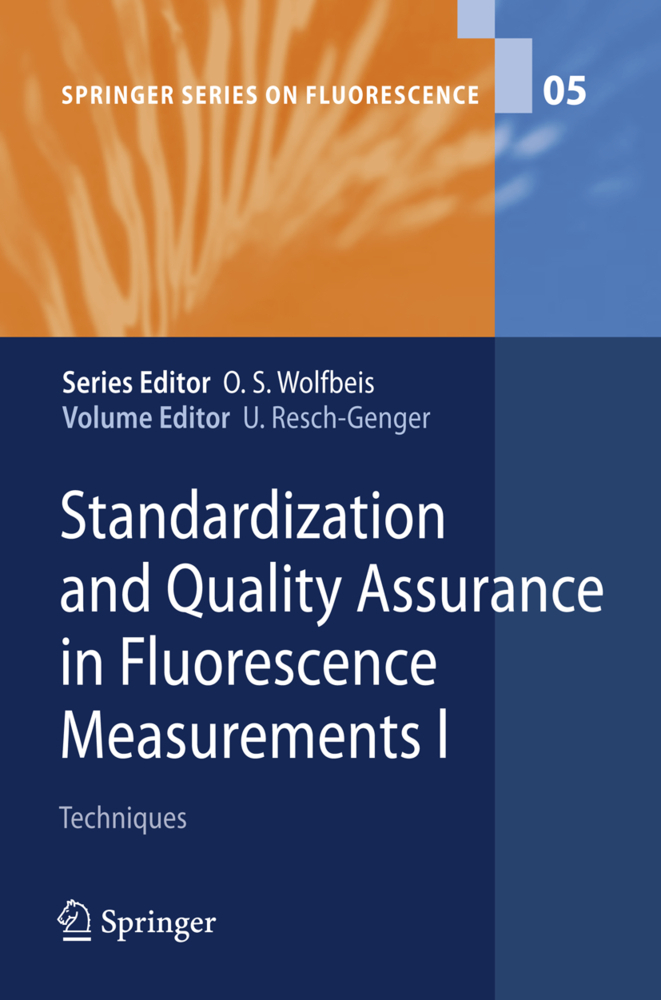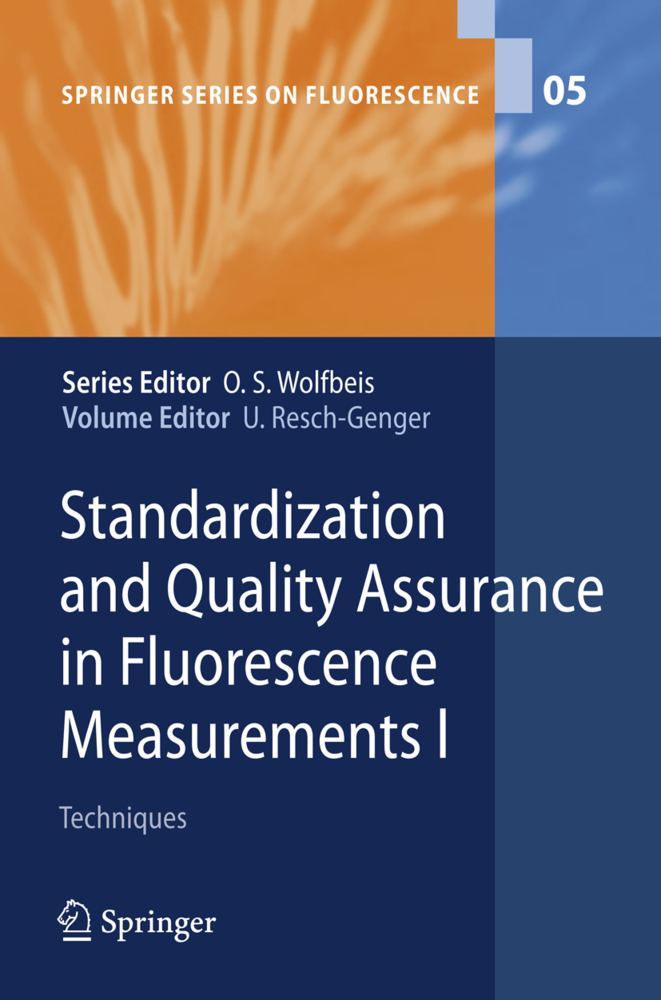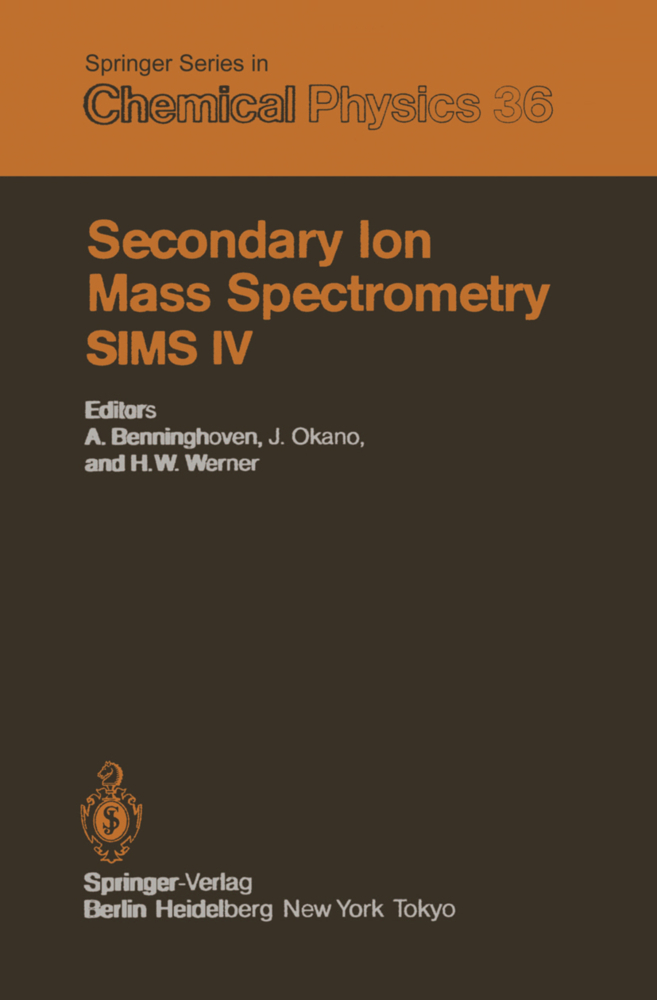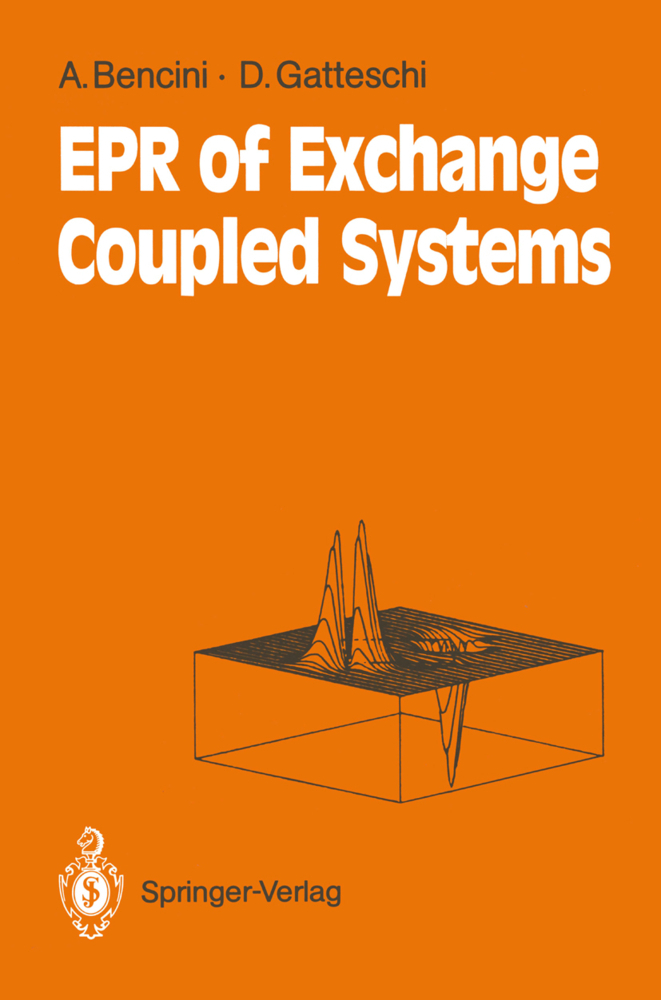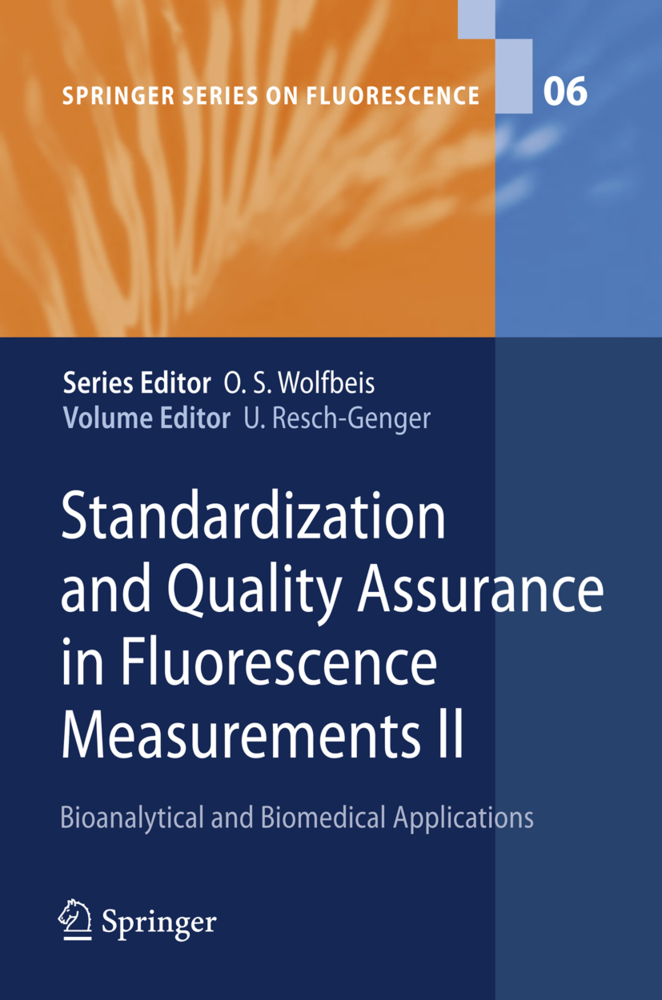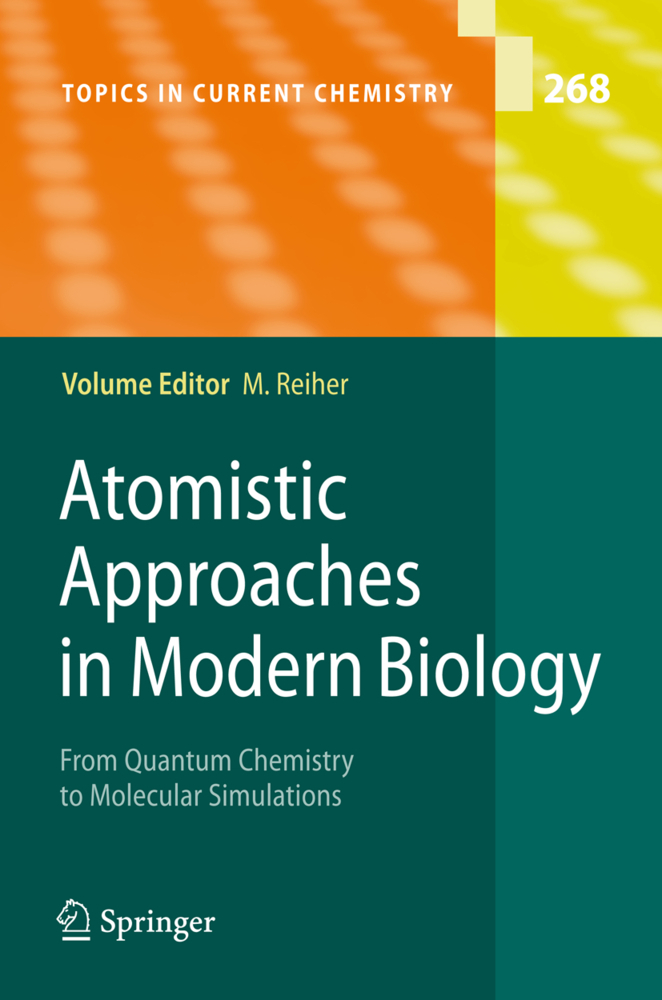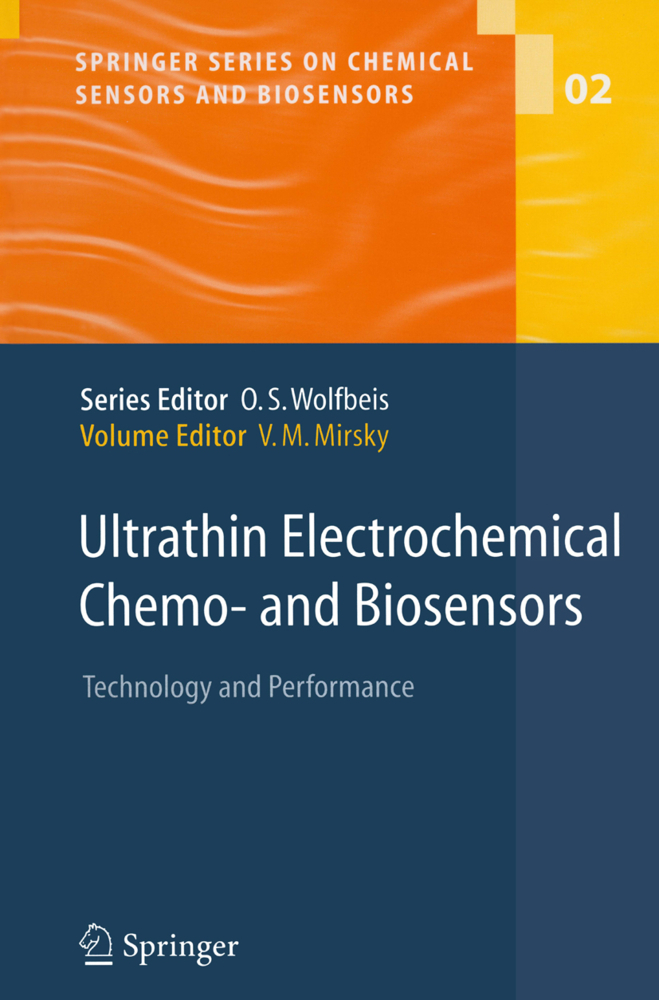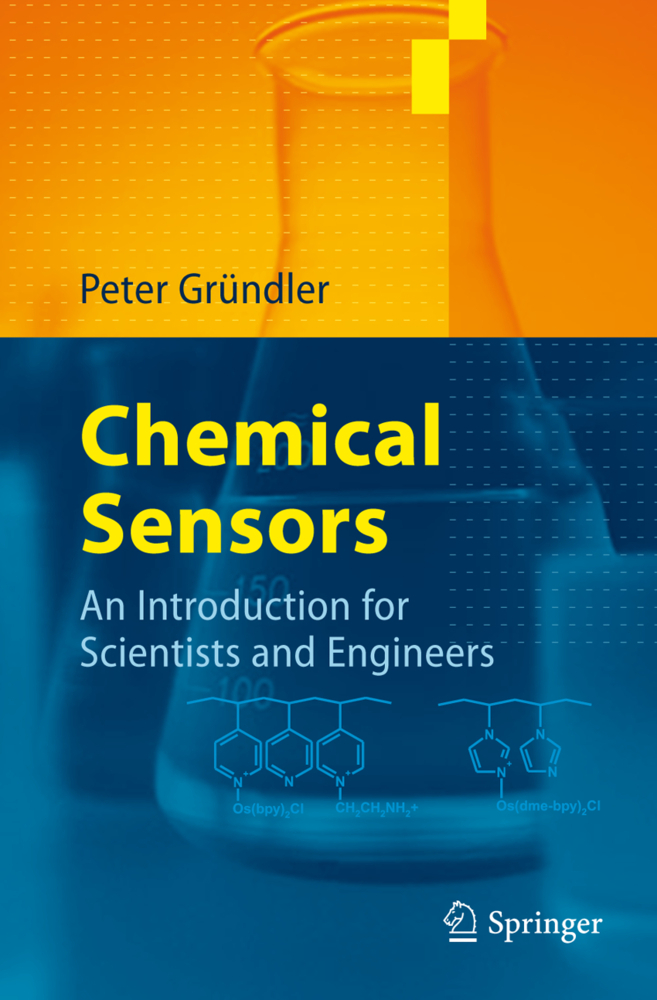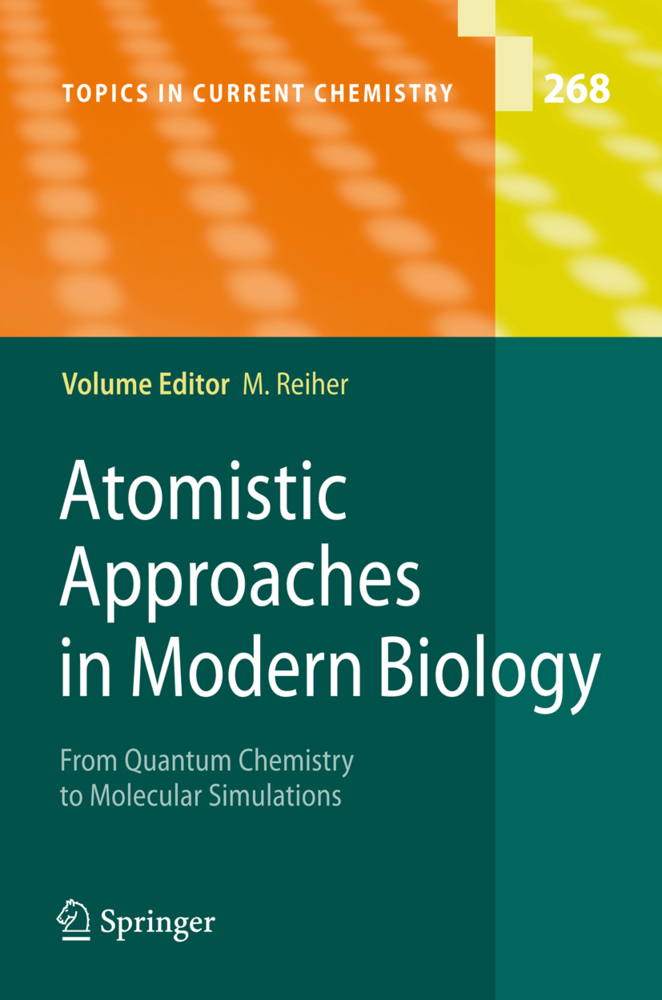Applied Fluorescence in Chemistry, Biology and Medicine
Applied Fluorescence in Chemistry, Biology and Medicine
The light of the sun - the source of life and a god in ancient times - was always associated with warmth or even burning heat. When man learnt to tame fire, he had another source of light, which was also hot. All the more puzzling for the amazed observer has been the dance of fireflies glimmering in the dark. How can an animal emit light? Or what about the faint glow of walls in some pre historic tombs due to luminescent bacteria? This sort of "cold light" is known today as chemiluminescence. A related phenomenon is the aurora borealis with its swiftly moving curtains oflight. This is a special sort of electroluminescence, of "cold light". another kind The basis of "hot light" is the thermal generation of electronically excited states (normally of atoms or ions). The source of "cold light", on the other hand, is the chemical or electrochemical generation of excited states, possible also for larger molecules. By using light instead of chemical or electrical energy, we can generate yet another type of "cold light", the ordinary luminescence: fluo rescence or phosphorescence. The possibilities here have increased enormously because we can color-tune the exciting light and gain specificity, and we can modulate it in time or even in polarization opening new dimensions of research and applications.
2 Single-Molecule Detection in Biology with Multiplex Dyes and Pulsed Semiconductor Lasers
3 Time-Resolved Fluorescence of Conjugated Polymers
4 Low-Temperature Photophysics of Permethylated n-Heptasilane: The Borderline Between Excitation Localization and Delocalization in a Conjugated Chain
5 Characterization of Membrane Mimetic Systems with Fluorescence Correlation Spectroscopy
6 Excited State Probing of Supramolecular Systems on a Submicron Scale
7 Three-Photon Excitation of Fluorescence
2 Analytical Fluorescence Probes, and Environmental Research
8 Fluorescence Properties of Crown-Containing Molecules
9 Recent Developments in Luminescent PET (Photoinduced Electron Transfer) Sensors and Switches
10 Photostability of Fluorescent Dyes for Single-Molecule Spectroscopy: Mechanisms and Experimental Methods for Estimating Photobleaching in Aqueous Solution
11 Analysis of Chemical Dynamics and Technical Combustion by Time-Resolved Laser-Induced Fluorescence
12 Fluorescence Techniques for Probing Molecular Interactions in Imprinted Polymers
3 Fluorescence Probes in Polymers
13 Advanced Light Emitting Dyes: Monomers, Oligomers, and Polymers
14 Fluorescence Probes in Polymers and Liquid Crystals: Complex Macromolecular Chain Dynamics (Proposal from the Far East)
15 Fluorescence Method for Monitoring Gelation and Gel Swelling in Real Time
16 Photophysical Studies Provide Thermodynamic Insights into Block-Copolymer Micelle Formation in a Selective Solvent
4 Applications of Fluorescence Spectroscopy in Biology
17 Fluorescence Microscopy and the Reactions of Single Molecules
18 Solvent Relaxation in Biomembranes
19 Luminescent Lanthanide Chelates for Improved Resonance Energy Transfer and Application to Biology
5 Fluorescence Techniques in Medicine - a Challenge for the Future
20 Fluorescent Lifetime Imaging Microscopy
21 Injection Based Heterogeneous Fluorescence Immunoassays
22 Microfluorometry of Cellular and Subcellular Processing in CNS Cells
23 Fluorescence Diagnosis in the Border Zone of Liver Tumors.
1 Methods and Trends in Fluorescence Spectroscopy
1 Fluorescence Lifetime Imaging and Spectroscopy in Random Media2 Single-Molecule Detection in Biology with Multiplex Dyes and Pulsed Semiconductor Lasers
3 Time-Resolved Fluorescence of Conjugated Polymers
4 Low-Temperature Photophysics of Permethylated n-Heptasilane: The Borderline Between Excitation Localization and Delocalization in a Conjugated Chain
5 Characterization of Membrane Mimetic Systems with Fluorescence Correlation Spectroscopy
6 Excited State Probing of Supramolecular Systems on a Submicron Scale
7 Three-Photon Excitation of Fluorescence
2 Analytical Fluorescence Probes, and Environmental Research
8 Fluorescence Properties of Crown-Containing Molecules
9 Recent Developments in Luminescent PET (Photoinduced Electron Transfer) Sensors and Switches
10 Photostability of Fluorescent Dyes for Single-Molecule Spectroscopy: Mechanisms and Experimental Methods for Estimating Photobleaching in Aqueous Solution
11 Analysis of Chemical Dynamics and Technical Combustion by Time-Resolved Laser-Induced Fluorescence
12 Fluorescence Techniques for Probing Molecular Interactions in Imprinted Polymers
3 Fluorescence Probes in Polymers
13 Advanced Light Emitting Dyes: Monomers, Oligomers, and Polymers
14 Fluorescence Probes in Polymers and Liquid Crystals: Complex Macromolecular Chain Dynamics (Proposal from the Far East)
15 Fluorescence Method for Monitoring Gelation and Gel Swelling in Real Time
16 Photophysical Studies Provide Thermodynamic Insights into Block-Copolymer Micelle Formation in a Selective Solvent
4 Applications of Fluorescence Spectroscopy in Biology
17 Fluorescence Microscopy and the Reactions of Single Molecules
18 Solvent Relaxation in Biomembranes
19 Luminescent Lanthanide Chelates for Improved Resonance Energy Transfer and Application to Biology
5 Fluorescence Techniques in Medicine - a Challenge for the Future
20 Fluorescent Lifetime Imaging Microscopy
21 Injection Based Heterogeneous Fluorescence Immunoassays
22 Microfluorometry of Cellular and Subcellular Processing in CNS Cells
23 Fluorescence Diagnosis in the Border Zone of Liver Tumors.
Rettig, Wolfgang
Strehmel, Bernd
Schrader, Sigurd
Seifert, Holger
| ISBN | 978-3-642-64175-6 |
|---|---|
| Artikelnummer | 9783642641756 |
| Medientyp | Buch |
| Auflage | Softcover reprint of the original 1st ed. 1999 |
| Copyrightjahr | 2011 |
| Verlag | Springer, Berlin |
| Umfang | XIX, 562 Seiten |
| Abbildungen | XIX, 562 p. |
| Sprache | Englisch |

